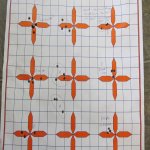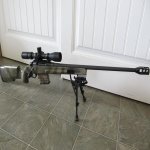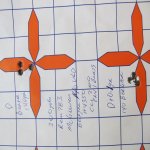I've read and heard practiced shooters/reloaders state 100 yard groups don't mean sh## that they can have good groups at 100 that are bad at 300 and VICE VERSA
I can see how a good group at 100 could show not so good at 300
BUT---
I can't bend my head around how a bad group at 100 can be good at 300 - can anybody help explain this to me ? ?
I can see how a good group at 100 could show not so good at 300
BUT---
I can't bend my head around how a bad group at 100 can be good at 300 - can anybody help explain this to me ? ?













































































